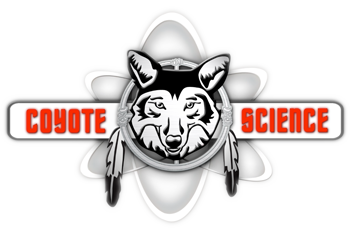Our Science Questers go in search of star knowledge and build a medicine wheel; Kai shows us how to make a homemade star projector.
How many moons are in our solar system? Well I don’t know, but the earth has one. It’s about 380,000 kilometres away and takes just over 27 days to orbit around us. Mars has two moons. Jupiter and Saturn have at least 53 moons each and maybe more. Uranus has at least 27 moons and Neptune has 14 that we know of. That’s a lot of moons. Our moon goes around the earth and we go around the sun and every once in a while, the moon is in just the right position to block out the sun and that’s what we call a solar eclipse. The moon spins on its axis just like the earth does, but the spin is slowed (unclear) so that we only ever see one side of the moon. Thank you grandmother moon for lighting the night.
